Korábbi cikkünkben írtunk arról, hogy a fáknak milyen szerepük van a hősziget-hatás csökkentésében. Nézzük most meg, hogy milyen kötelezettségeik, lehetőségeik, eszközeik vannak a helyi önkormányzatoknak abban, hogy városainkban minél több fa, minél nagyobb zöldfelület segítse az élhetőbb klímát, javítsa az életminőségünket.
Az 1991. évi XXXIII. törvény előírja mind a kerületi önkormányzatok mind a Fővárosi Önkormányzat számára a tulajdonleltáruk elkészítését, értékelését, és teljesíteniük kell az előírt adatszolgáltatást is. A tulajdonleltár részét képezik a zöldfelületi elemek és azon belül a fák. A törvényi előírás betartásának és az előbbi célok elérésének fontos szakmai eszköze a naprakész fa- és park adatbázis, valamint a folyamatosan biztosított hibabejelentési lehetőség. Ezt a szerepet látja el a BP Fatár applikáció, mely térképes felülettel segíti az eligazodást, az ismeretterjesztést és a tudatos parkhasználatot. Az applikáció több évnyi felmérés eredményeként, hosszú szakmai előkészítő munka után, a FŐKERT fejlesztésében és a Főváros támogatásával valósult meg 2020-ban.
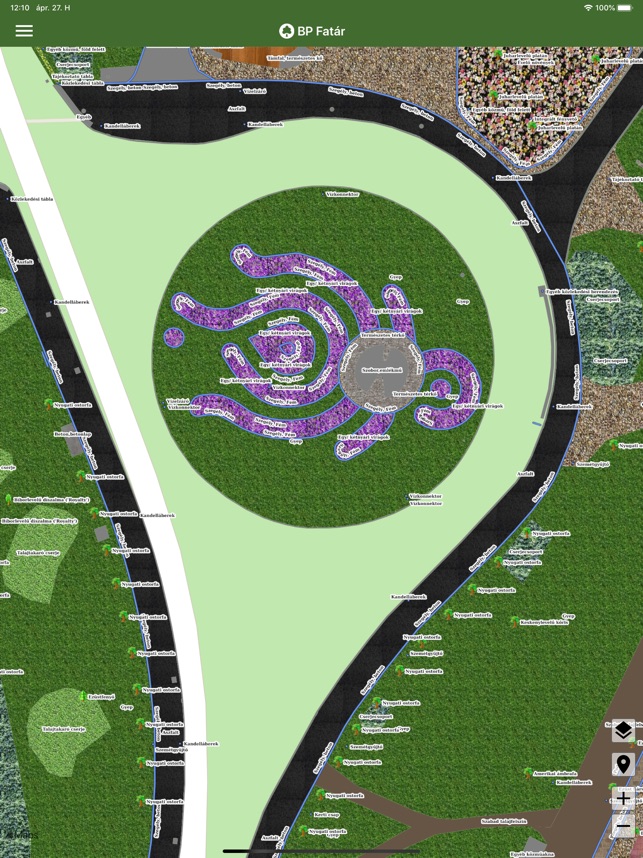
A településfejlesztés, -üzemeltetés, -menedzsment szempontjából természetesen nem csak azért fontos a jelenlegi helyzet felmérése, mert ezt törvény írja elő, hanem azért is, mert ahogy minden fejlesztési területen, ennél is a stratégia tervezéshez nélkülözhetetlen, hogy tudjuk, honnan is indulunk. Stratégiára pedig szükség van egy olyan érzékeny területen, ahol a meglévő infrastruktúrát, a domborzati viszonyokat, a gazdasági érdekeket, a településen élők és dolgozók igényeit kell összehangolnunk a természeti törvényekkel.
Stratégiai tervezés
Azt, hogy egy településrészen, egy közösségen belül hogyan és hol történjenek zöldterületi fejlesztések, parkosítások, faültetések, stratégiai tervezési folyamatok során határozzák meg. A fák lombkoronájának felmérése a jelenlegi növénytakaró meghatározására távérzékelés, műholdas felvételek, meglévő földtakaró adatbázisok, vagy mintavételi módszerek segítségével, a fák helyének, típusának és méretének dokumentálásával történik. Ez a folyamat segít feltárni, hogy hol vannak azon területek, ahol a fásítás alacsony mértéke miatt a hősziget-hatások aránytalanul nagy mértékben jelentkeznek.
Természetalapú megoldások
“A természetalapú vagy természetközeli megoldások (Nature Based Solutions) a természetes, illetve módosított ökoszisztémák védelme, helyreállítása, valamint az ezekkel való fenntartható gazdálkodás, melyeknek a segítségével orvosolhatnánk korunk számos globális problémáját, köztük az éghajlati válságot.”
A természetalapú megoldások a fákat a természetes élőhelyek helyreállítására vagy a változó körülményekhez való alkalmazkodásra használják.
A fa érték!
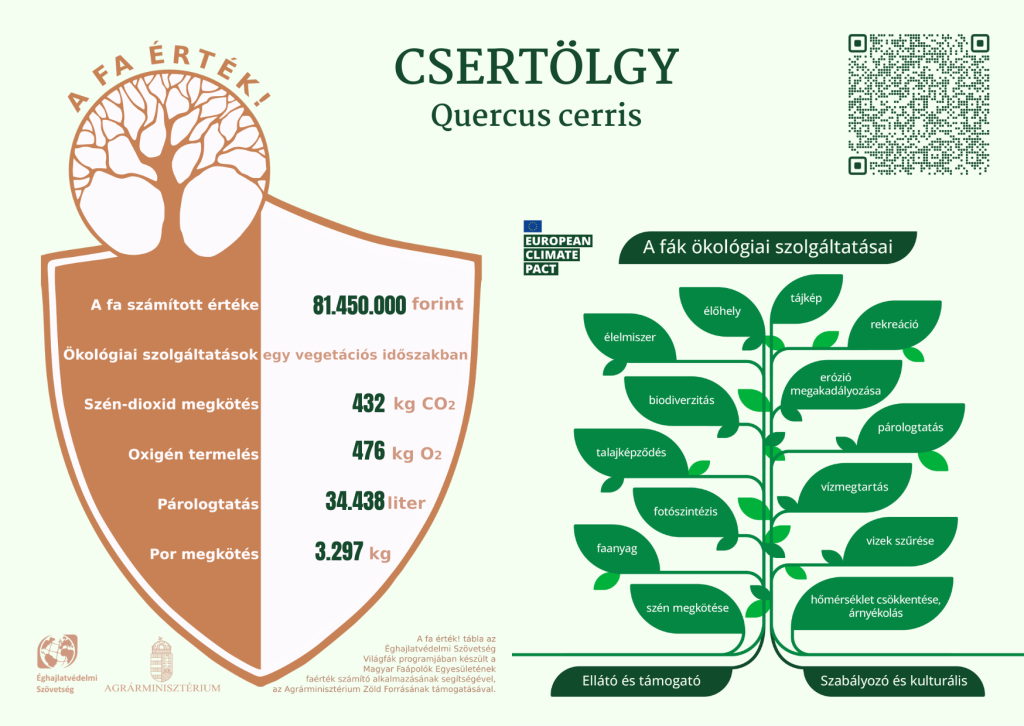
Egy fa értékéről a kivágott faanyag eladásból származó bevételi lehetőség jut legtöbbünk eszébe. Természetesen egy fa értéke ennél jóval nagyobb, ha a számításnál figyelembe vesszük az ökológiai és társadalmi szolgáltatásainak értékeit is.
A fák környezeti értékeinek meghatározásra először az Egyesület Államokban, a múlt század közepén dolgoztak ki olyan módszereket, amelyek figyelembe vették a fa méretét, elhelyezkedését, életkorát és egészségi állapotát. Az értékszámításnál később megjelenik a fa fajának figyelembevétele, a facsemete ára és várható élettartama is.
Területrendezés és rendeletek
Számos önkormányzat kötelező intézkedéseket hoz a fák védelmére, a zöldfelületek mennyiségének, vagy minőségének növelésére.
Pénzügyi ösztönzők
A pénzügyi ösztönzők és büntetések is lehetnek olyan eszközök, amelyeket a települések a zöldterületek mennyiségének növelésére, vagy minőségének javítására, védelmére, a csapadékvíz visszatartásának fokozására használhatnak.
Helyi közösségek bevonása
Legalább olyan fontos eszköz, mint a pénzügyi ösztönzők bevezetése, de talán a legjobb megoldás, amikor találkoznak az alulról jövő kezdeményezések a felülről jövő szabályozással és az azokhoz kapcsolódó pénzügyi ösztönzőkkel.
Erre lehet jó példa a Fővárosi Önkormányzat által támogatott közösségi tervezés, melynek 2023/2024-es fordulójára a Zöld Budapest kategóriában 81 javaslat érkezett be, melyből a szakmai ajánlások után 25-ről szavazhattak a budapestiek. A 3 nyertes pályázat mindegyike esőkertek kialakítását célozta meg.
Azt, hogy szükség van a városainkban a fákra, mindenki tudja. A városi fák kezelése – az ültetés megtervezésétől a fák kivágásáig – komoly szakmai feladat. Bár sok területen fontos a lakosság bevonása, gyakran el kell fogadnunk, hogy vannak helyzetek, amikor muszáj kivágni a fákat. Ezen a téren érdemes hallgatnunk Bardóczi Sándorra, Budapest Főváros Főpolgármesteri Hivatala főtájépítészére.
“Van azonban egy másik tipusú fakivágás is, ahol a fát azért kell kivágni, mert veszélyessé válik. Emberre, autóra, kerítésre, házra. Az adott fa üzemeltetőjének a felelőssége, kormányrendeletbe foglalt, büntetőjogi felelőssége, hogy ezeket a veszélyeket idejében észre vegye és elhárítsa a baj előtt. A fák ugyanis élőlények. Megbetegszenek, fertőzhetnek, károsíthatja őket gomba, baktérium, vírus, állat és a városban legfőképpen az ember. A fáknak is van várható élettartamuk, s ez a városban sokkal rövidebb, mint a természetben. Miattunk, közműveket ásó, parkoló, bringázó, közösségi közlekedő, internetet, világítást, vizet, csatornát, autóbehajtót, kerítést, lakást akaró emberek miatt. Számos olyan beavatkozáson vagyunk már túl, ahol a bajt, a fák leromlását nem az ápolás hiánya, hanem egy korábbi közműárok, egy korábbi útrekonstrukció, egy korábbi beépítés, egy korábbi légkábel miatti szakszerűtlen csonkolás idézett elő, mégis nekünk kellett a veszélyes fát kivenni, nem annak, aki a bajt okozta. Nagyon sok olyan is volt, ahol sokat beszélgetve sikerült elmagyarázni, hogy a helyben élőknek fájdalmas fasor rekonstrukcióra miért van szükség, s helyette ugyan egy fasort kapnak, de ennek persze idő kell ahhoz, hogy megnőjön. Viszont itt nem beton, mélygarázs, bármi egyéb lesz majd, hanem egy új fasor. Azt is sokan értik, hogy a veszély favizsgáló általi kimondása után cselekedni kell, ilyenkor a jogszabály is az előbb vágunk, elhárítunk, aztán bejelentünk elvet követi, ahogyan tömegbaleset esetén is a sürgősségi ellátók előbb mentenek, csak aztán kérnek TAJ számot, mert a cselekvés, a kár megelőzése, a veszely elhárítása fontosabb a lassan megszülető engedélynél. Ha ég a ház, senki sem ül le a tűzoltóval megbeszélni, hogy szerinte ezt a sarkot kéne inkább oltani és nem amazt, hanem a szakemberek teszik a dolgukat, majd később adminisztrálnak.“
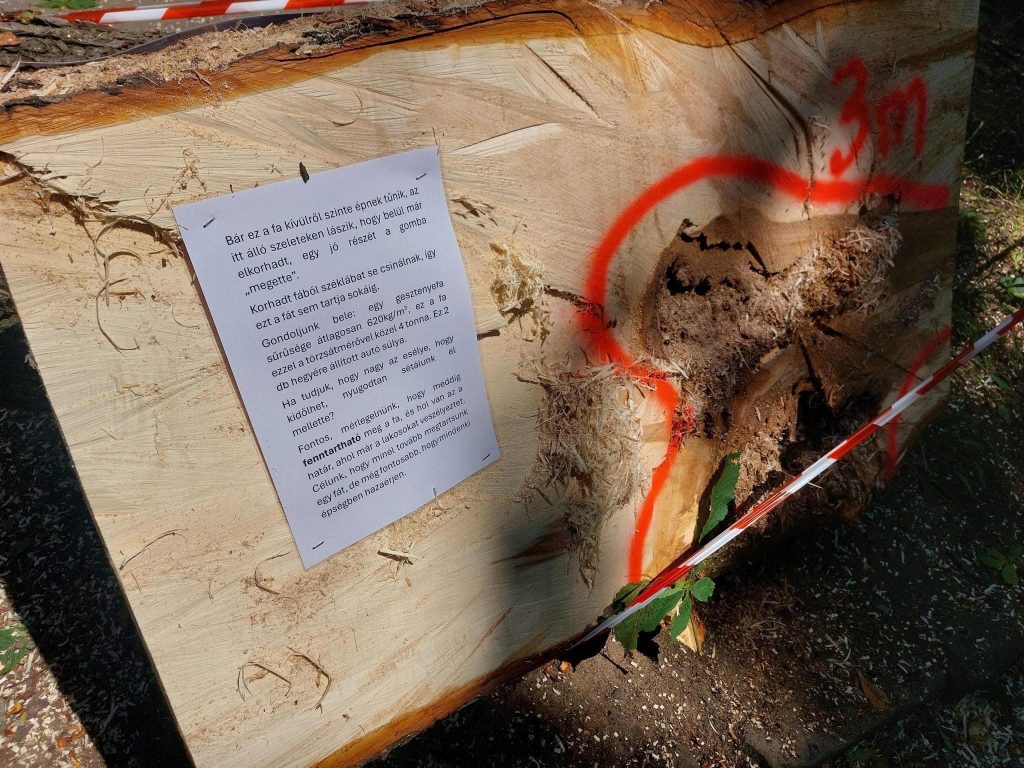
Forrás: Bardóczi Sándor Facebook oldala (2024.október 11.)


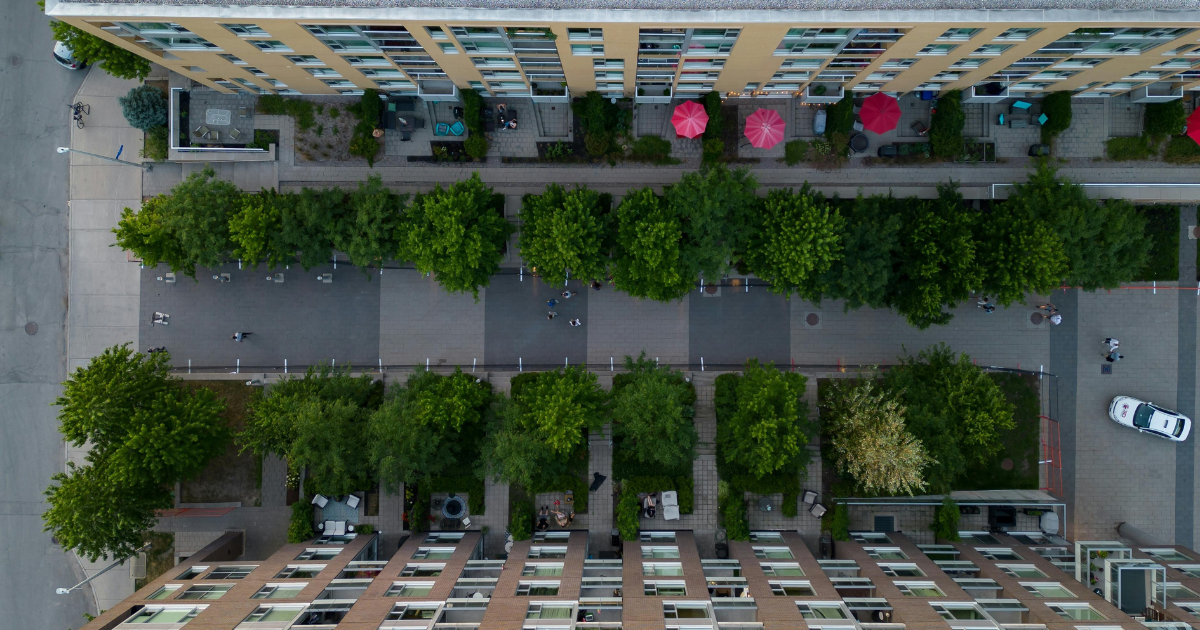


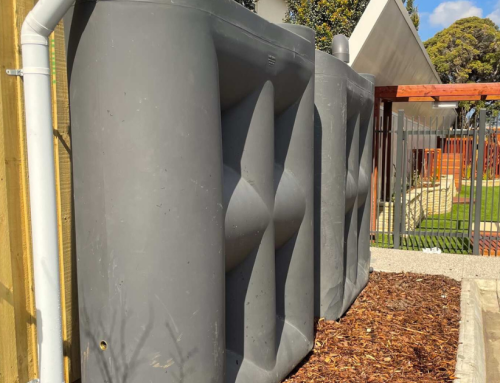
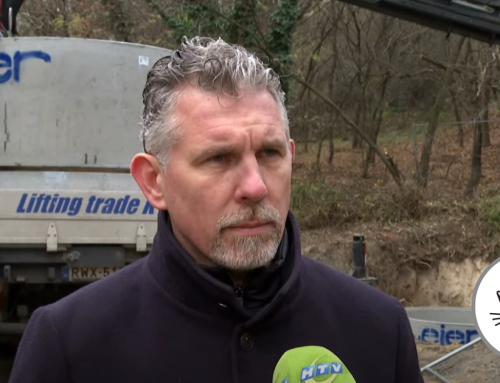
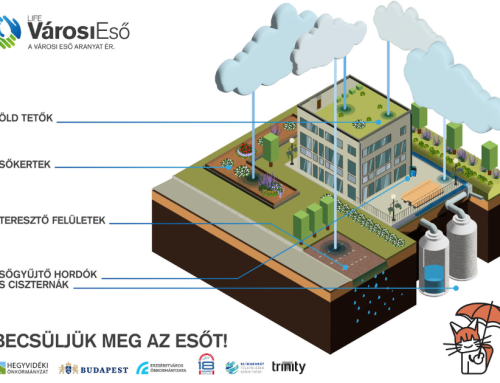
Hagyj üzenetet